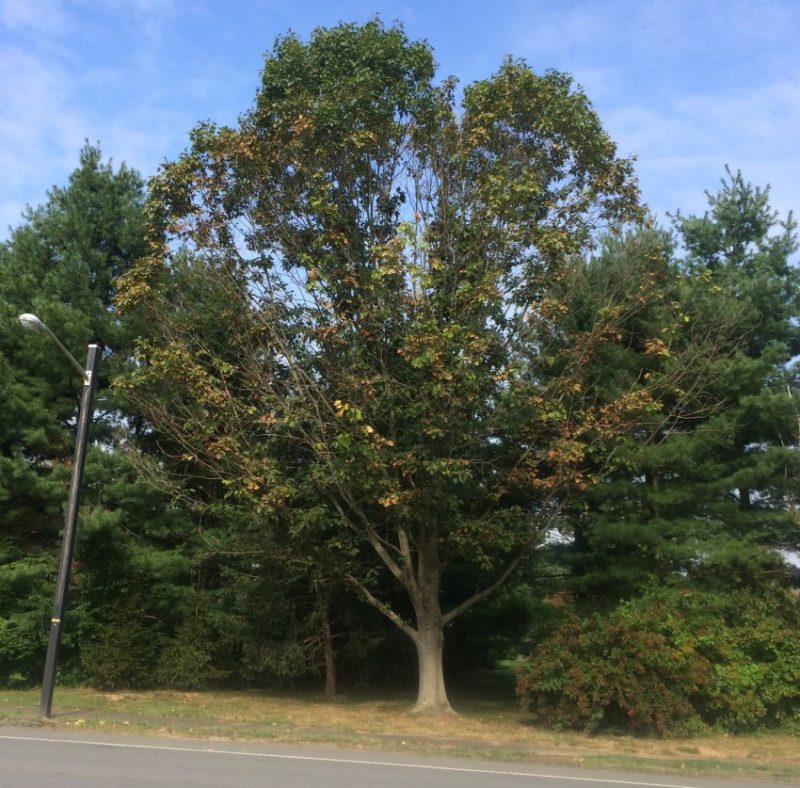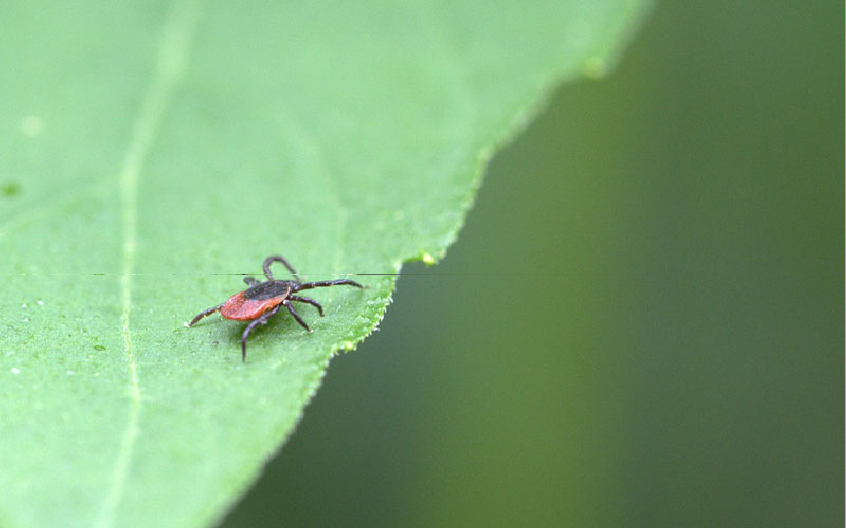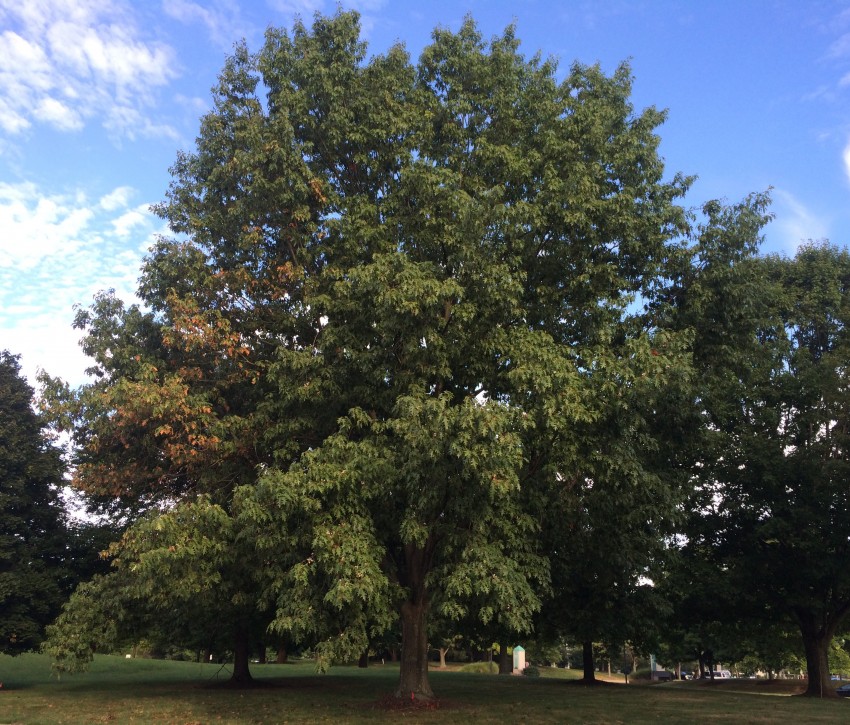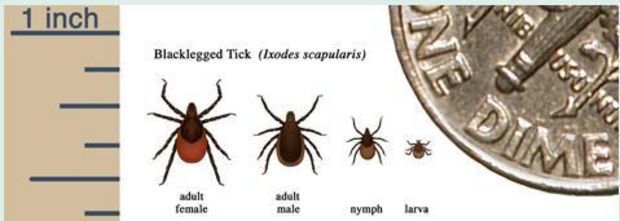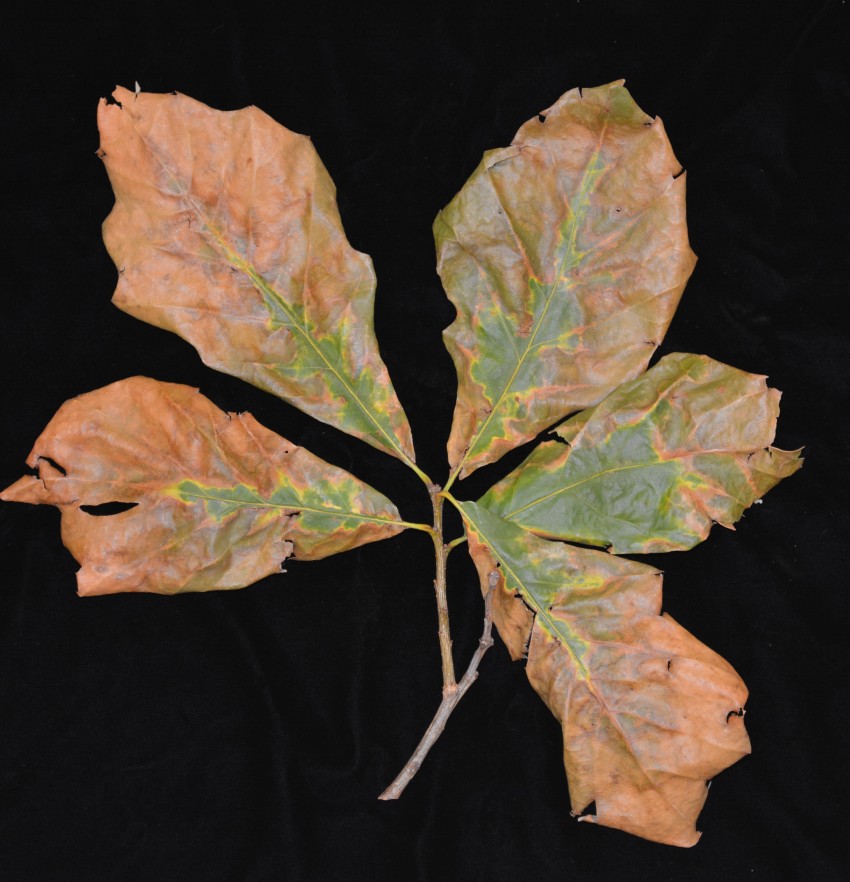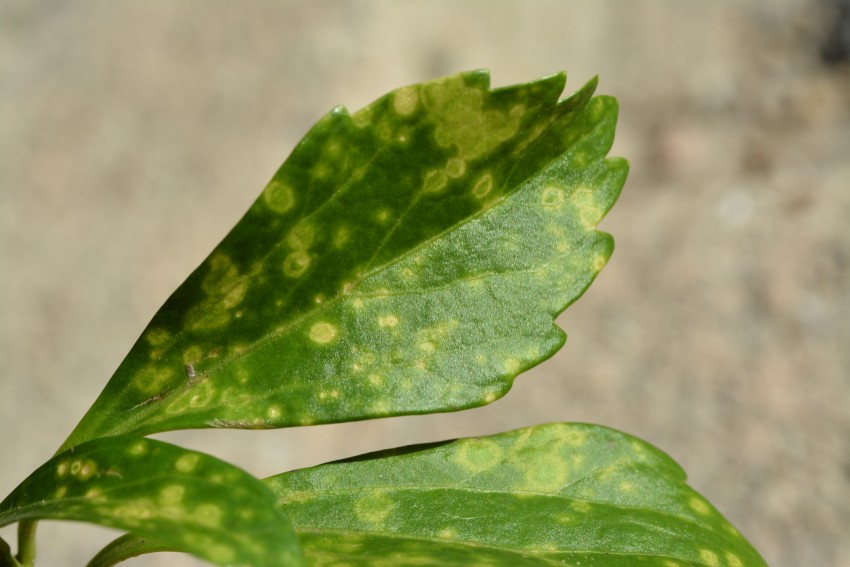By Brandon M Gallagher Watson
On July 5, 2013, a woman walk-ing her dog in a Minnesota park was tragically killed when a large branch from a linden tree fell on her. The branch failure happened not during a vio-lent thunderstorm, but during the middle of a sunny day. It was windy — weather re-cords show gusts that day up to 25 mph, but hardly the type of wind that would rip apart an otherwise healthy tree. Inspections on the tree revealed extensive decay through the trunk and into several of the main cano-py limbs, including the one that failed. This terrible tragedy led many of the lo-cal media outlets to run “How safe are our city trees?” stories, and several reached out to our company to get the “expert’s” opinion on the matter. I, by either good or bad fortune depending on your feelings about the media, was one of the arborists interviewed for the local news. During the interview, the reporter asked me, “Well, why is decay so hard to detect? Don’t we have scanners or something that can tell you?” My answer was something like, “Urn, well, yeah … kinda, but probably not like you are thinking.”

While my answer made a weak sound bite that, needless to say, did not make the news that night, it is a fairly accurate re-sponse. While there are not the Star Trek-style tricorder scanners that diagnose and prescribe at the touch of a button, there are technologies that allow us to get a look at what’s going on under the bark. In fact, there are several different types of devices available that utilize a wide range of tech-niques to achieve the goal of assessing the presence or severity of decay.
The different techniques have their own advantages and disadvantages, and all of them must be performed on an individual tree. Thus, the “decay scanner” the report-er asked about really does exist, but some-one would have to have been looking for it already for these tools to be useful. Much like an MRI can detect a brain tumor, one has to get into an MRI machine to obtain the data. Using decay-sensing technology on every tree in the urban forest is sim-ply not feasible, but there are times where having this information would be useful.
Even though we look at trees every day as professional arborists, decay remains difficult to accurately assess. Unless there is an exposed cavity where you can peer in, much of the decay occurs out of sight under the bark. That’s where these various tools come in.
The decision of which technology is the best will depend on a number of factors, from cost to the type of data you require. If you just need to know that a cavity ex-ists, then tapping with a plastic mallet may suffice. If you need to know the proportion of sound wood to decay, then more sophis-ticated measurements may be warranted. The U.S. Forest Service’s “rule of thumb” is that a 25 mm ring of sound wood is re-quired for every 150 mm of stem diameter at any point on the stem. If the proportion of decay to sound wood is higher than that, steps should be taken to mitigate the haz-ard.
So what are some situations where bringing in decay-sensing technology might be justified? Often, they are brought in to confirm or refute an existing assess-ment. I naively assumed that it was more common for this technology to be em-ployed to condemn a tree by showing that the sound-wood ratio justified its removal, but talking with arborists and researchers from around the country, I learned it was the exact opposite.

For example, a private golf course in California had a massive coast live oak in front of the clubhouse. The club managers notified the members that the tree would be removed soon because its extensive de-cay had created a hazard. The members, who were enamored with the iconic tree, brought in a consulting arborist who uti-lized one of these technologies to show the decay had not yet reached to the threshold that warranted removal. The tree will be closely monitored going forward, but the use of this technology likely extended the tree’s service life by a decade or more. Let’s take a look at types of decay-sensing technologies that are currently available and consider the pros and cons of each type.
Plastic mallet
Easily the lowest low-tech technology on this list, but that doesn’t mean it’s not valu-able. A few raps on the bark with a plastic mallet can often tell you just what you need to know. It takes a little experience to know what to listen for, but with a few practice taps on a tree with a known cavity and a tree with known solid wood, you can start to hear the differences. It may not tell you much about the specifics of the decay, but for $15 or less, it is maybe the best starting place you should consider. Pros: Low-cost and low-tech. Can be used in any weather and be used quickly. Cons: Gives only a yes or no answer about decay and can be de-ceiving when used on larger-diameter trees.
Ultrasonic
There are several types of ultrasonic sensing devices available that give vary-ing degrees of detail on the shape and extent of decay. Ultrasonic devices use sound waves produced on one side of the tree and a receiver on the other end. Sound waves travel faster through sound wood than through air, thus, by measuring the time it takes a sound wave to get from one side of the tree to the other, one can put together a conclusion about the ratio of sound wood to cavity. Some devices are only able to measure one reading at a time, so a complete pic-ture requires measuring, then moving the monitors to a new site and measuring again. Some devices, such as the PiCUS Sonic Tomograph from Argus Electronic, combine up to a dozen sensors at the same time. When this data is brought into a soft-ware program that can analyze the speed of sound through all the combinations of sensors, it can provide an image, known as a tomograph. The tomograph gives you a sense of what the tree looks like in cross-section from the point at which it was measured. Measurements can be talc-en from the image to calculate the sound-wood-to-cavity ratio and, from that, the extent of the decay. Pros: When multiple measurements are combined, ultrasonic devices can give an image of decay that is easy to translate to a layperson, and the results are reliable. Cons: Cannot be used on trees larger than 32-inches DBH. A bark plug must be re-moved to get an accurate reading.
Stress wave timer
Stress wave timer (SWT) devic-es utilize sound waves similar to the ultrasonic devices, but by using low-er-frequencywaves,theycanbeusedonlarger-diameter trees. Just like their ultrason-ic cousins, SWT measurements can be
combined to create a two-dimensional image of the tree’s decay column. Pros: Can provide a tomograph cross-sectional image of the tree. Can be used on larg-er-diameter trees. Cons: They are not as accurate for detecting early stages of decay in trees. Some devices use screws that must penetrate the bark for measur-ing the sound waves.
Radar
Similar to the sonic-based devices de-scribed above, radar-based technology utilizes waves and the time it takes for them to travel through different mediums in order to assess changes in the structure. In radar, high-frequency electromagnetic waves are sent out and are then reflected off an object back to the source. Arborists can utilize radar for both sensing decay in woody material as well as in ground-pene-trating radar devices that can deter iine the location of root systems. Pros: Radar can provide a tomographic image of the shape and extent of a decay column without the need to penetrate the bark at all. Setup and scans take just minutes to perform. Cons: Bumpy or thick bark can cause inaccurate readings. Can be difficult to determine the extent of early decay symptoms.
Microdrill Microdrill
devices measure variances in the amount of effort it takes for a small diameter drill bit to penetrate wood. Hand-held devices, such as IML’s Resistograph, use a rechargeable electric drill with a spe-cialized drill bit that can be up to a meter long. At the point of suspected decay, the operator drills into the wood and applies even pressure. The device provides a read-out in the form of a line graph that sort of re-sembles a human heart’s EKG reading. The jumps in the squiggly line indicate changes in the wood’s density as the drill bit was moving through. Often, multiple measure-ments are made around the tree. Looking at the readout and the depth at which the changes in density occurred, one can get a sense of the ratio of decay to sound wood. Pros: These can sense early stages of decay better than sound-wave technology. Readings can be taken fairly quickly with limited setup time. Cons: Drilling is an invasive process and should be used spar-ingly. The accuracy of the measurements can be dependent on the operator’s ability to apply even pressure and drill speed. The long drill bits can be broken easily.
Electrical resistance
When wood begins to decay, the tree’s damaged cells release metal ions. This changes the speed at which an electrical current will flow through the wood. Thus, by measuring the electrical resistance be-tween two nodes, the presence or absence of decay can be determined. The Father of CODIT (Compartmentalization of Decay in Trees) himself, Alex Shigo, developed one of the first devices of this kind. The aptly named Shigometer used a drill to make two holes in the area of suspected decay. A probe with two prongs was insert-ed into the holes, and an electrical current was emitted and measured at 1 centimeter increments along the probes. As decayed wood has a lower electrical resistance than sound wood, differences in measurements could be attributed to decay.
A more accurate technology known as electrical impedance tomography (EIT) has been developed since the Shigometer, utilizing the same concept of measuring the electrical-resistance difference be-tween decayed and sound wood, and gen-erating tomographic images from multiple readings. Pros: Better at determining the extent of early decay than other methods. EIT images can be created for larger-diameter trees than ultrasonic devices. Cons: The Shigometer method is only capable of giving information from where the probes are inserted. All methods that utilize electrical resistance can produce inconsistent readings when the wood’s moisture content is low, such as during prolonged dry periods. Technology is grand and always moving forward to give us better data to use in our decision making. The thing to remember with all of these devices and measuring techniques is that they are providing just one piece of information. An assessment of a tree’s structural integrity or hazard level cannot be simply ascertained by the push of a button, but this single data point can be very useful in certain situations. The cost of these devices and the time required to use them is a key roadblock to their use by the general arborist. Basically, many of these devices are expensive to pur-chase and time consuming to use. Due to this, they are often employed only in cases of high-profile trees, trees with a legal case around them or trees with passionate advo-cates for either their removal or protection. So, to update the answer to the report-er’s question about whether decay scan-ning technology exists that could prevent a tragic death — the answer is still “Sort of.” Yes, the technology currently exists to determine the extent of decay, but it still requires a person looking for the possibil-ity of risk, using one of the technologies we discussed to measure it, then using that information, along with their skills and experience as an arborist, to take steps to mitigate that risk. The truth doesn’t always make a great sound bite.
Acknowledgments
I would like to thank Tim Ellis from Deb-orah Ellis Consulting Arborist and Horticul-turist (www.decah.com) and Dr. E. Thomas Smiley from Bartlett Tree Labs for taking the time to discuss these technologies.
Brandon M Gallagher Watson is cre-ative director for Rainbow Treecare Sci-entific Advancements, an 18-year TCIA Associate Member company based in Min-netonka, Minnesota.

